Swim Safety for Kids
Published: 3rd July 2023
Updated: 12th May 2025
Published: 3rd July 2023
Updated: 12th May 2025
Here are some helpful tips by the Royal National Lifeboat Institution (RNLI) for you and your children on water and swim safety.
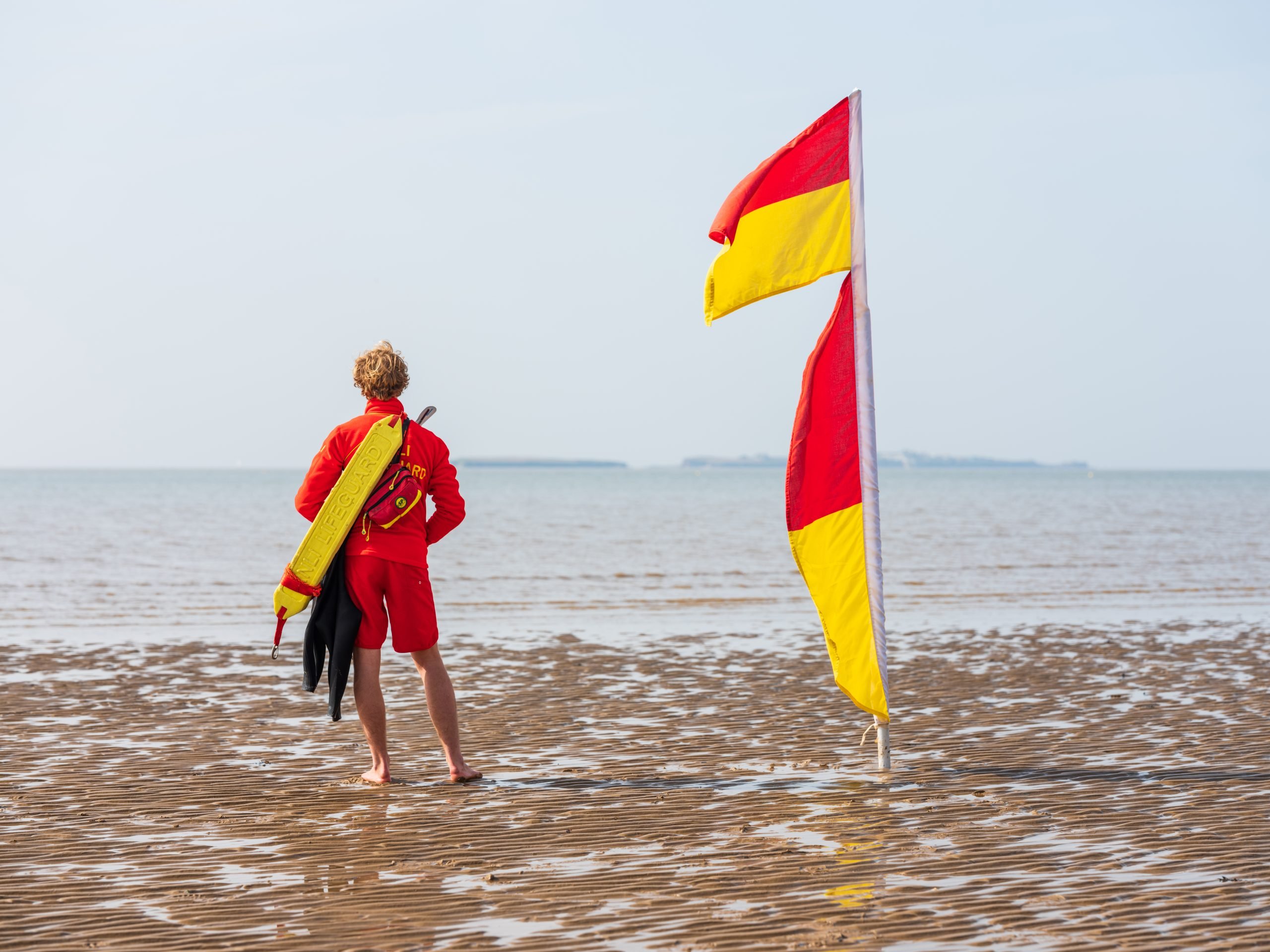
The RNLI is the charity that saves lives at sea. For almost two hundred years, they’ve been operating a 24/7 search and rescue service around the United Kingdom and Ireland’s coastline, as well as some major rivers and lochs. You might know their bright orange lifeboats from visiting the coast or in a town where you live. In that time, they’ve educated people on swim safety and helped more than 143,000 people who have gotten into trouble in the water. They’ve also run lifeguard services across many of Britain’s beaches every summer for the last 20 years, keeping beachgoers – like you and your kids – safe when you want to enjoy a cool dip on a hot day.
Going swimming or taking part in water-based activities like paddleboarding or kayaking are great ways to enjoy Britain’s waters this summer. But whether you’re in the sea or on a lake or river, there are risks that you and your family need to be aware of so you can enjoy your holidays safely. Here are four dangers regarding swim safety that you should think about when planning your trips:
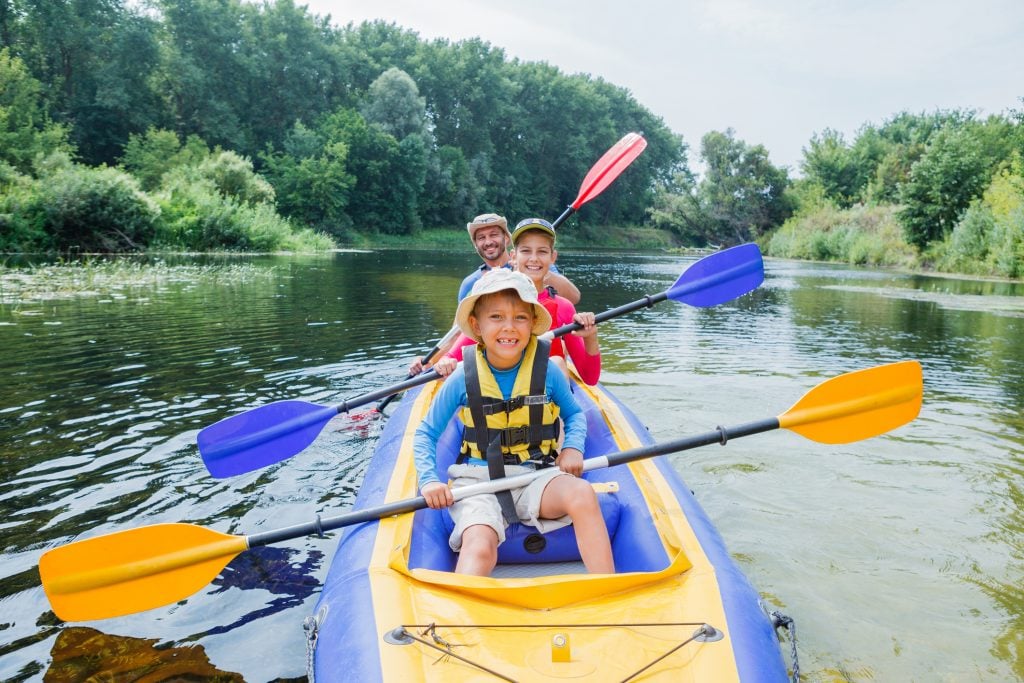
Cold water shock can affect anyone getting into water that is less than 15°C. Given that the average sea temperatures around Britain are 12°C, with rivers and lakes being even colder, cold water shock is something that you and your kids need to be aware of. It can affect your breathing and movement. As the cold water hits your skin, it can cause you to gasp for air, making you lose control of your breathing. It also cools your muscles down, which can cause them to feel stiff and reduce your ability to move around in the water.
Fun fact: Did you know an RNLI lifeguard has to be able to swim 200 meters in under 3 and a half minutes?
Rip currents are strong currents that run out to sea from the beach. They can vary in speed and location depending on the features of the coastline, sometimes flowing at over 5mph, which is faster than an Olympic swimmer! Rip currents have been known to drag people out to sea when they’re swimming at the beach, even when the water looks calm. They can be more common in areas with large surf, in and around man-made structures like groynes or at the mouths of rivers and estuaries.
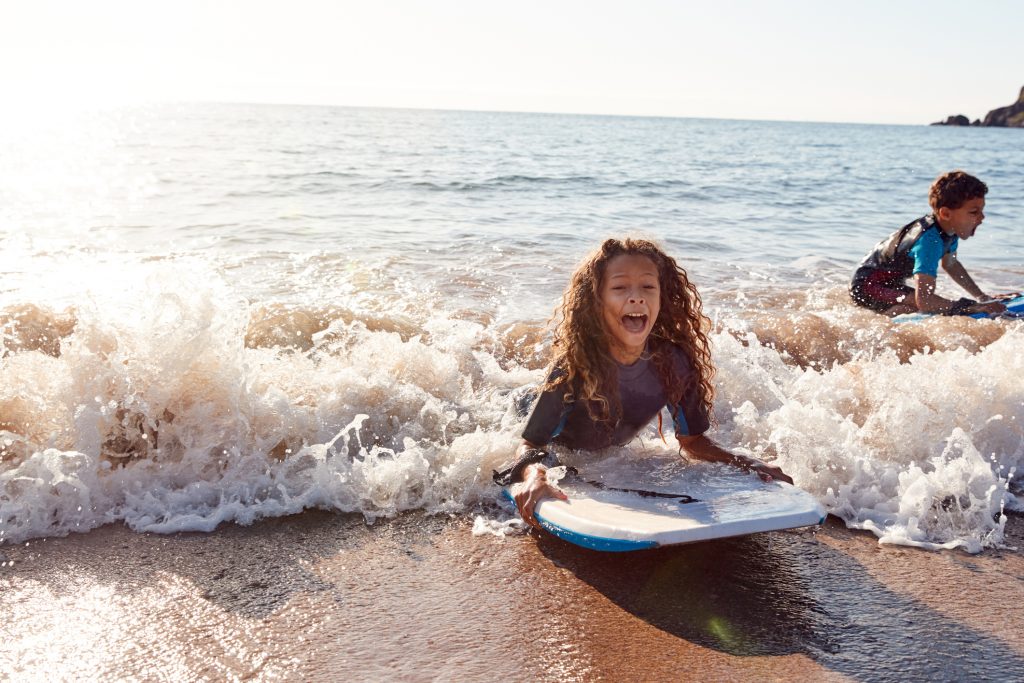
Tides is a term that describes how water levels rise and fall each day, which is something that you may have seen before at the beach or at the point of big rivers close to the sea. Tide heights and times can vary throughout their monthly cycles, meaning that the beach you were sunbathing on yesterday might be completely covered by the sea at the same time today. Tides can rise fast, causing people to get cut off and stuck in dangerous places if they don’t pay attention to the water when they’re exploring the UK’s coastline.
Whether you’re bodyboarding, surfing or just jumping in them, waves can be great fun when you’re at the beach, but they can also be dangerous. Waves are very powerful movements of water that can knock you off your feet, spin you round under the water and pull you back out to sea. They can vary in size and power, depending on the shape of the seabed and strength of the wind. Wind and waves can also be dangerous if you’re using inflatables at the beach. The wind can blow an inflatable, and anyone on it, out to sea very quickly, while the waves could tip you over or pull you out to sea as well.
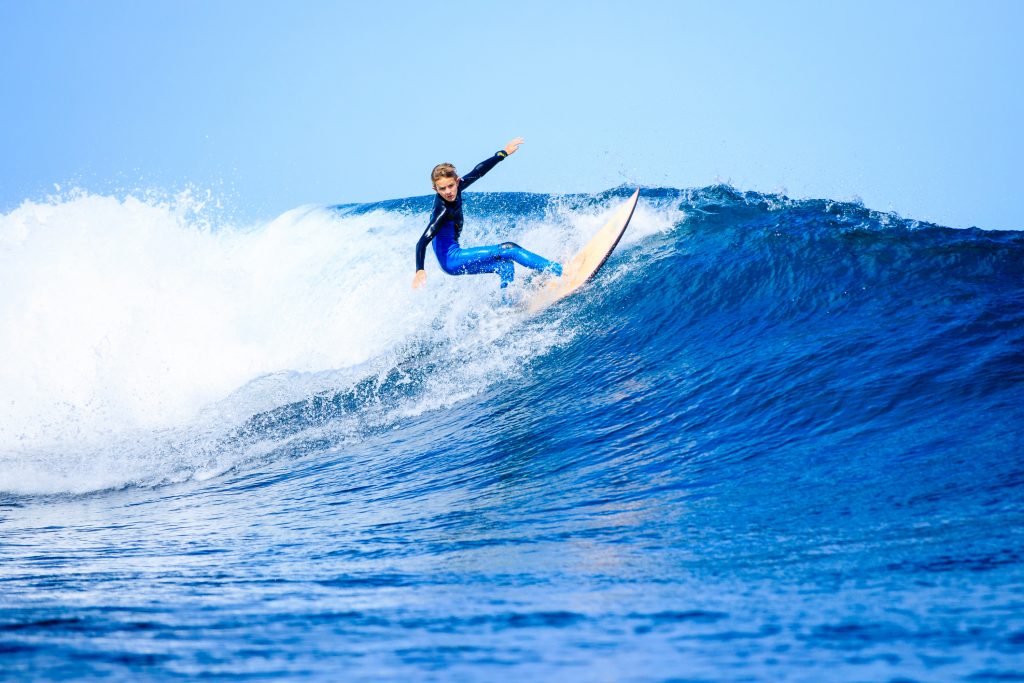
Although these risks might sound a bit scary, there are four simple things that you can do to keep safe in and around the water while still having fun:
To make sure that you’re swimming or using inflatables in a safe area, always visit a beach that has RNLI lifeguards on it and make sure to enter the water between the red and yellow flags only. Before getting into the water, stop and ask yourself: “Is it safe?” This means that you need to check if there are lifeguards around, think about how deep the water is and have a look around for any dangers above or below the surface. If you can’t answer all these questions, then it’s best to ask a lifeguard for some advice. Playing on inflatables in the sea can go wrong very quickly, as a gust of wind can take you a very long way from the beach. To be safe, keep inflatables for the pool.
If your kids are planning to get into the water it’s important that they always go with someone else, whether that’s a family member or a friend. This way, if something happens there’s always someone there to help. It’s also important that they always tell someone where they’re going and when they’ll be back.
Fact: Did you know in the last ten years, 2.5 million people around the world have drowned? The victims are most likely to be children aged 1-4.
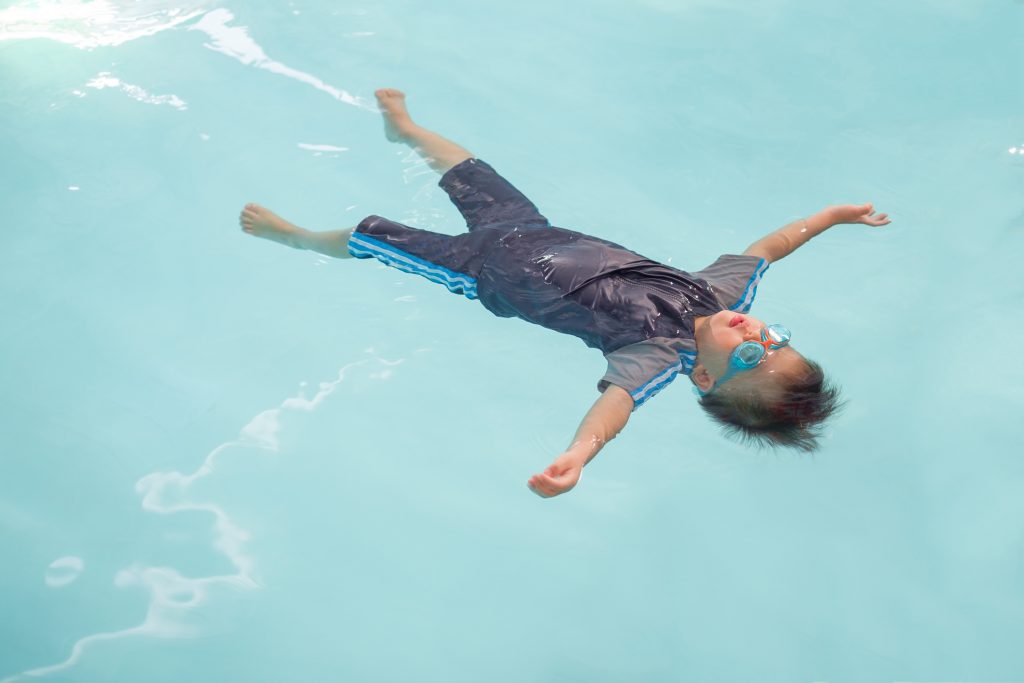
If your kids get into trouble in the water, advise them to tip onto their back and float like a starfish until they feel calm. Floating when you’re in difficulty can stop you from becoming tired and losing control of your breathing, and it gives the emergency services more time to find you.
To float, here’s what you need to do:
When going to the beach or river this summer, whether it’s for swimming or water sports, make sure that you or your family have a way to contact the emergency services, like a mobile phone. If you do get into trouble and need the emergency services, then call 999 or 112. Never hesitate to call 999 if you, or anybody that you see, is in danger. It’s always better to call for help if it seems like it’s needed. The RNLI rescues dogs too, so if your pet gets into trouble in the water, call 999. It’s really important that you don’t go in after your pet. Most of the time, dogs manage to get out themselves and the RNLI will always launch to help them, so the best thing you can do to help is keep yourself safe and call 999.
The RNLI’s water safety advice has already helped lots of young people across the UK. Ravi was one of them.
When 13-year-old Ravi Saini found himself caught in a rip current in Scarborough’s South Bay in 2020, the RNLI’s float advice saved his life.
“I realised that the water was coming up,” Ravi says as he recalls what happened. “I could no longer touch the floor. I shouted ‘Help! Help! Help!’ But my dad can’t swim. He just had to go to the shore and raise the alarm.”
While Ravi’s father went to find help, Ravi was swept out into the bay. “I was getting pulled out,” says Ravi. “I was really scared. I thought that this was the end of my life.”
But then Ravi remembered the float technique he had seen on TV and practised in his Year 4 swimming lessons. By leaning back, spreading his arms and legs like a starfish and staying calm, Ravi was able to float until the lifeboat could find him. “I didn’t see the lifeboat, I heard it,” says Ravi. “So, I started shouting and then I was like: ‘Yes, they came to get me. I’m going to get a second chance to live’!”
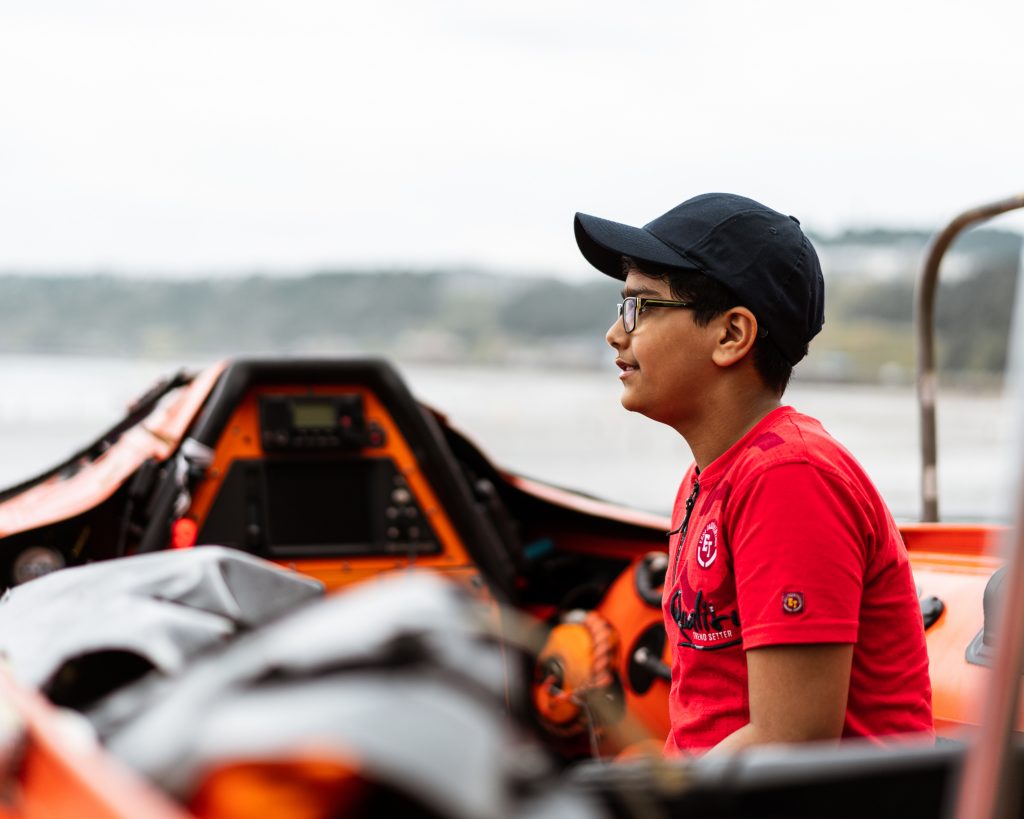
Enjoyed this guide on swim safety? If you would like more guides like this on a specific topic, you can contact us on either Twitter, Instagram, Facebook, or LinkedIn and we’ll try our best to make it happen!
To read more helpful articles like this visit the Talking Points section of our website or sign up for First News at home and at school!
First News reaches millions of young readers every week, at home and at school. Our age-appropriate news stories and activities spark curiosity, build media and information literacy skills and empower children with the tools to navigate the world.